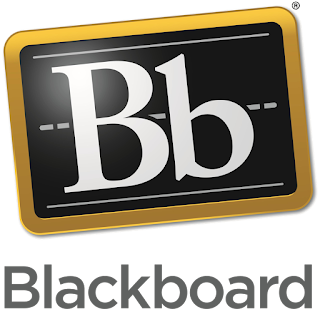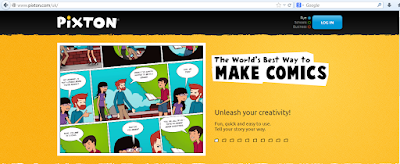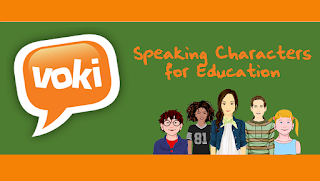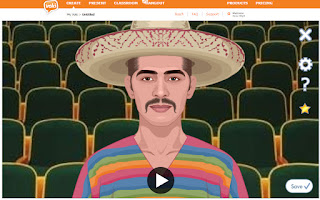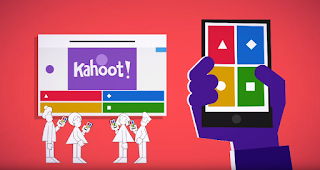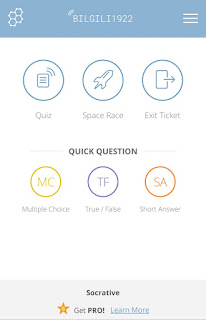OPEN AND DISTANCE LEARNING
In
the second part of our course, we have covered Blending Language Instruction,
Online Feedback Practice, Online Formative Assessment, Innovative Digital Tools
for Four Language Skills (LSWR & Vocabulary) topics.
Q1.How did the course,
weekly readings and discussions contribute to your digital teacher identity?
First
of all, I think technology has a very important role in the developing world
and education system. For this reason, as teachers, adapting technology to our
lessons in the classroom will increase the learning rate of students. Digitalism
provides many opportunities for teachers. At this point, it is necessary to
understand technology, to be relevant and to be digital competence. Thanks to
our weekly discussions, I improved myself on education, especially distance
education, sharing the information I learned theoretically and getting ideas
from another teacher friend of mine. I gained more detailed information while
reading articles about the debates or doing research. My knowledge of digital
tools that can be used especially in distance education has enhanced. In my
opinion, thanks to this course, my digital teacher identity will match with the
students I will meet in the future. Thanks to my digitality, I will be able to
get rid of the limits in teaching and design my own lessons more innovatively
and adapt the topics I mentioned in the discussions to my lessons. By changing
the attitudes of students towards online education, I will be able to offer
them education opportunities in any environment. In addition to these, I will
give quick and effective feedback to my students thanks to the information and
technological tools I have learned. I would like to share an experience that we
talked about innovative digital tools for four language skills in week
11-12-13. As I mentioned in my discussion video, I tried to use these
applications in my classroom where I teach. As a result, I got positive
feedback from students. For example, I created word maps with a student who had
difficulty in learning different words at the same time, using the Wordle
application, and this enabled me to create a more effective learning
environment by attracting my student's attention. Thanks to the articles I
read, my prejudices about distance education were destroyed and my interest in
the subject increased. In addition, I had the opportunity to develop my digital
identity by researching other articles on the same subject. On the other hand,
my research on technology and digitality throughout the course contributed to
my creativity as a teacher because I can design worksheets / games that I can
prepare for my students to make their knowledge more permanent thanks to some
applications or websites I discovered. I think in the future most schools will
switch to technological learning and this will increase the need for teachers
with technology competence. The information I learned in this course helped me
to prepare for my future online trainings in advance. In addition, this
information has guided me to manage and handle my classroom more easily when
distance education is compulsory, such as virus situations like now. I also
learned more effective methods of assessing students. For example, by using
tools such as kahoot, quizlet, etc., I can test students quickly and easily
during the learning process. In this way, I can save time and provide my
students more interactive classroom environment. As I mentioned in week 9-10,
thanks to the digital applications I use in my lessons, the students attended
the lesson more enthusiastically and I created a competitive environment in the
classroom. As a result, this course, weekly reading and discussions contributed
to my self-efficacy as a teacher. It also guided me to be an innovative teacher
and enhanced my professionalism. Learning about technological tools and
researching and discussing about them helped me to teach student-centered
because all digital tools create environments where students participate and
have a role. The information in this whole process will positively affect my
interaction and communication with my students in my teaching life. Moreover,
in line with the information I have learned, the students' perspective on
foreign language will change and my self-confidence and well-being as a teacher
will increase.
Q2. How did you (if you
did) connect these to your practicum experience? and/or How do you plan to
connect these to your future teaching experiences?
It
has become a necessity to use digital tools in the distance education process
we are currently experiencing. The more digital there is, the more student
development there is. In this regard, I would like to share my practicum and
the experiences I have gained in my teaching process in the institutions I
work. First of all, using digital materials in the lessons I taught in the
internship courses made the students more active and fun, and my lessons became
more understandable because I created an environment where students could
present what they learned. In this way, I increased the participation of the
students in the lesson and as a teacher; I helped students feel in the
classroom environment, even if it was distance education, so that students
learned more effectively. On the other hand, in the face-to-face lessons I
teach, I used digital tools that could attract the attention of the students,
enabling them to participate more willingly. For example, I have noticed that
students in the practicum process have difficulties with reading. Also, there
were pronunciation mistakes while speaking. Moreover, they were bored with long
reading texts. For this reason, I used the Pixton application in one of my
lessons, and I made a lesson that could be read in the form of a more
illustrated comic book, and they were very interested. Each of them wanted to
read by asking the right to speak. Also, I used the Voscreen application for
pronunciation practice. All these digital tools allowed the students and me to
be more productive in the lesson. In my future teaching experiences, I want to
change the foreign language perspective of my students by using technology. I
want to impose the language in the easiest and fastest way by using interactive
course materials that will enable my students to have more fun and be active in
the lesson. What I am planning for my future students right now is to prepare
my own worksheets and games that I can use in the lessons using teaching tools
in digital environment. I will plan my lesson plans especially on the
development of four language skills (LSWR & Vocabulary), so that students
can receive education in a technological environment in all aspects. On the
other hand, thanks to the assessment tools I learned, I can evaluate students'
learning in a more comfortable environment without the pressure of exams. I am
sure that children who grow up in digital will learn languages more easily if
they receive education in a classroom environment with technology and
digital-oriented entertaining materials.
